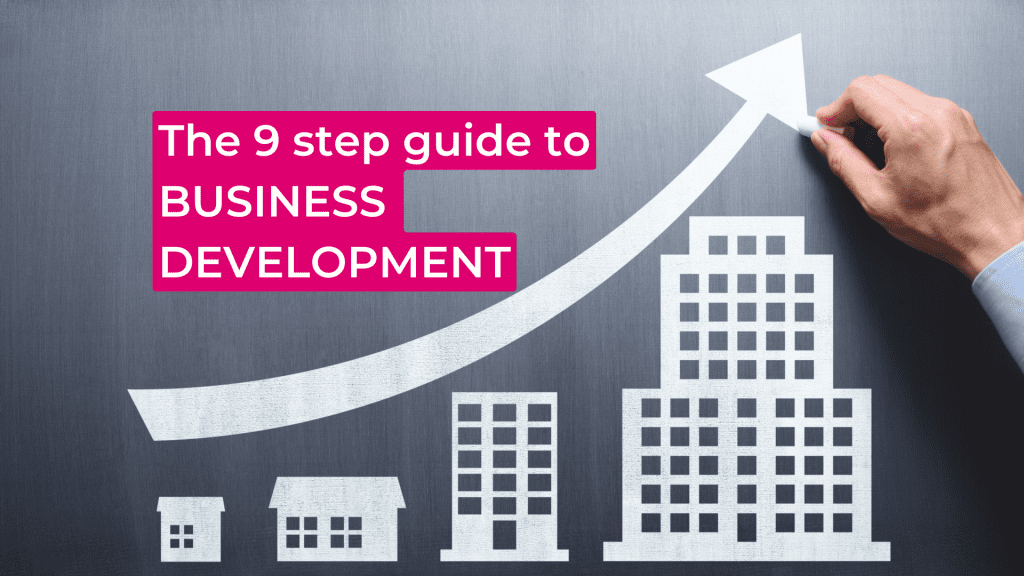
Here at 1 Accounts we are invested in helping your business develop and succeed. We find allocating some time each…

Here at 1 Accounts we are invested in helping your business develop and succeed. We find allocating some time each…
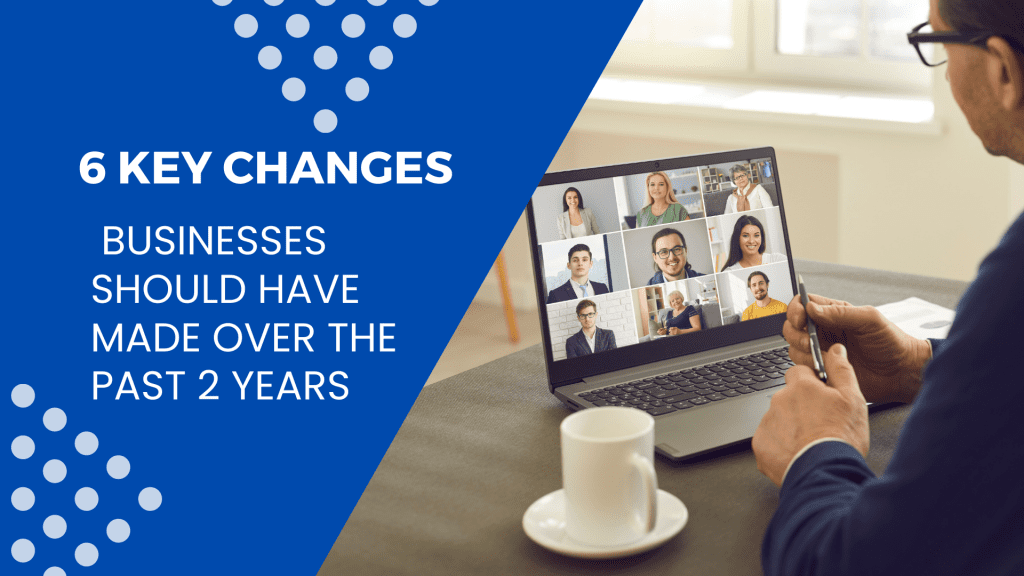
The pandemic has been transformative in many ways. It has changed how we view our health, how we communicate and,…

When you as a business owner think of an accountant, you think of taxes, financial reporting, or loan applications. While…

I heard this saying recently, “you get the clients you deserve.” At first, I wasn’t sure what it meant so…
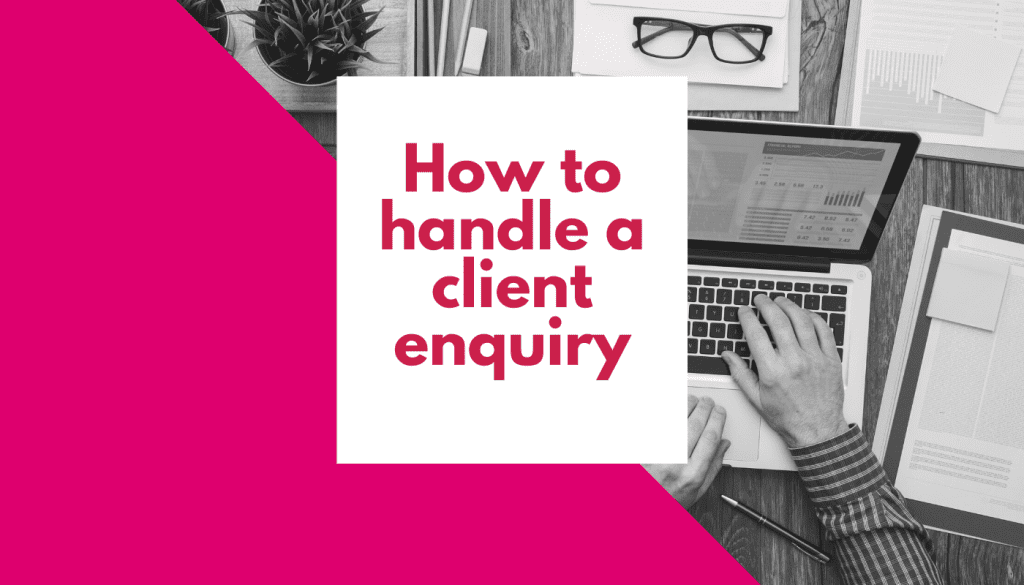
How you handle a client enquiry can determine whether that prospect converts into a lead or whether they go elsewhere….

I don’t know about you, but Covid has me all out of whack. In the past, I’ve had a clear…
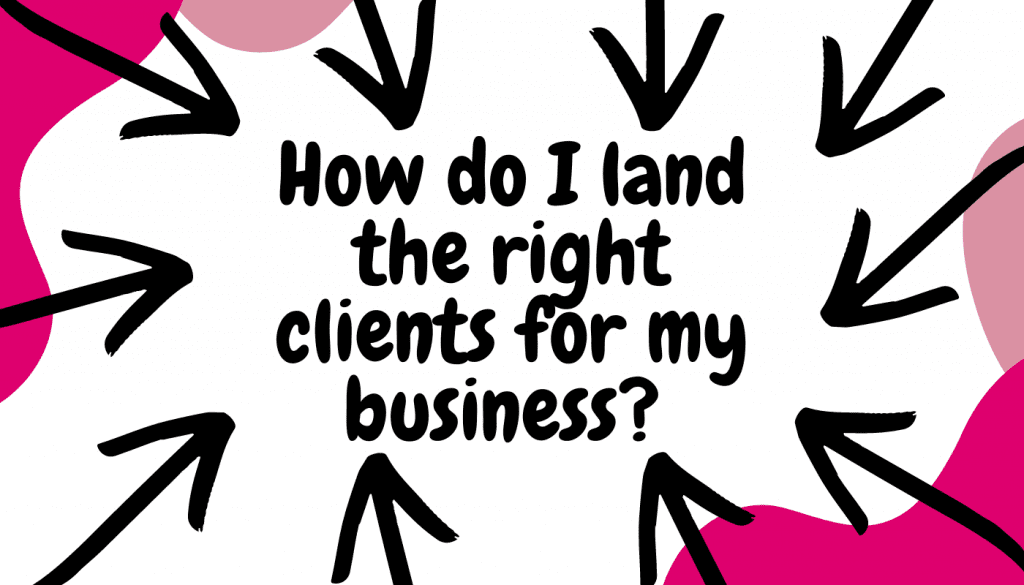
While sometimes it’s necessary to take on clients at a lower price than we want – especially when we are…
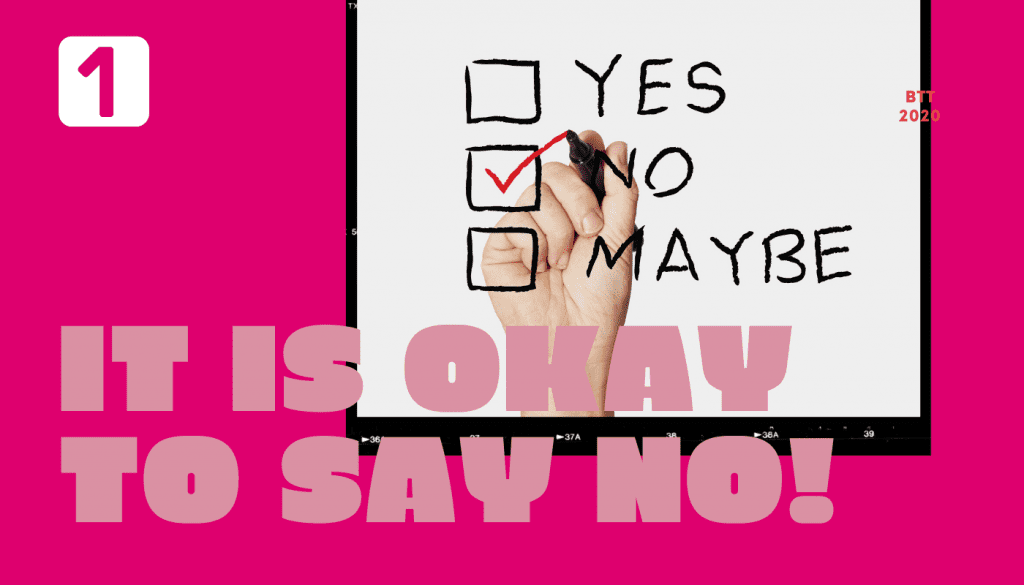
Are you saying yes to every piece of business coming your way? Do you hear yourself saying ‘I wish I’d…
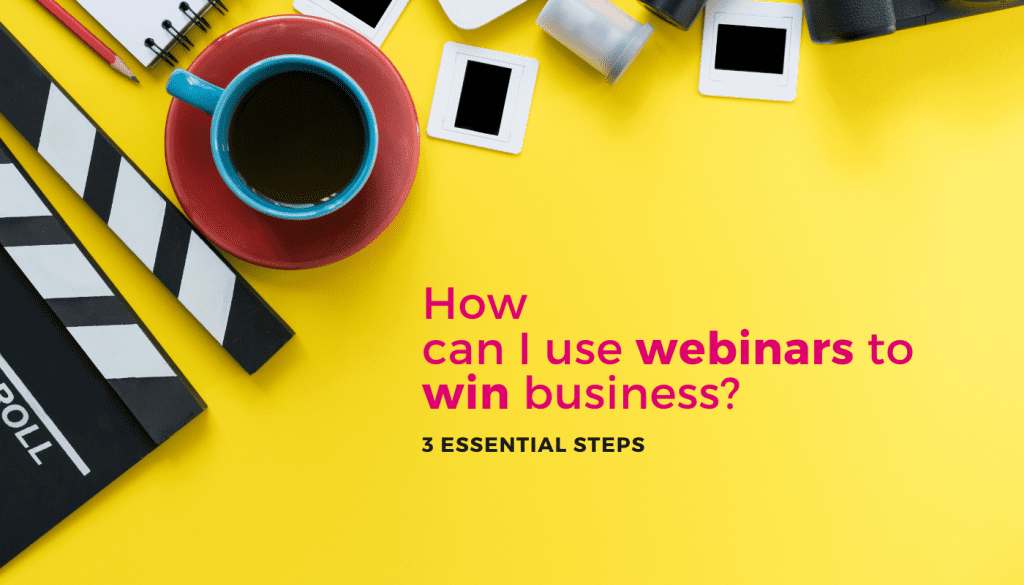
Webinar marketing is all about hosting online workshops to build a relationship with attendees and to promote and increase credibility…
How to say “no” nicely (and not damage business relationships in the process) One of the most important things you…